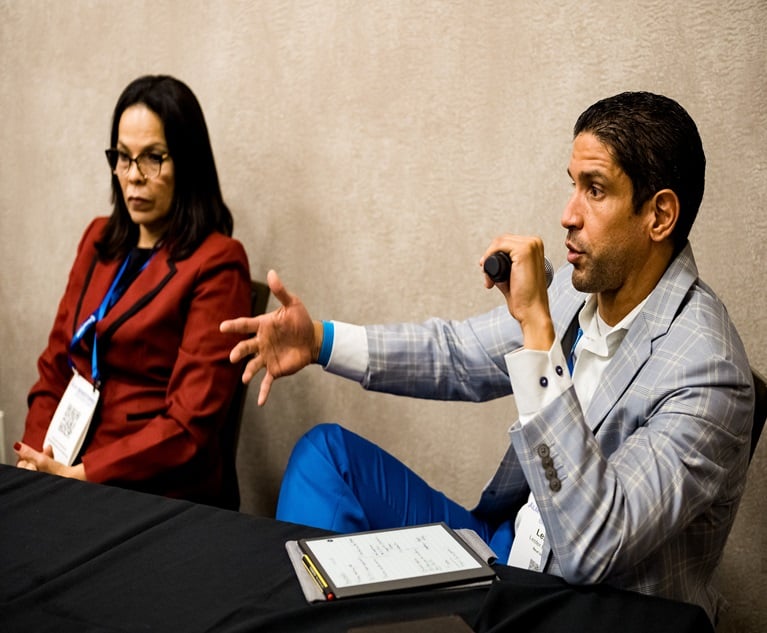Most professional baseball pitchers who have achieved Hall ofFame status attribute their success to having a variety of pitches.Not only did these professionals control the speed and pitchlocation, but they also threw many distinctive pitches such as atwo-seam fastball, a four seamer, a curve, a splitter, a change, asplit finger, a slider, and a cutter. Many times while viewing agame the commentators say the pitcher's best pitch is not moving,causing him to rely on another pitch. Soon the opposing teamidentifies this weakness and capitalizes on his one pitch arsenal.His fate for that outing is usually failure. The same is true withan insurance producer.
|[Related: Producers: 3 ways to jumpstart your salesprocess]
|So what are the pitches an insurance ace should throw?The four basic pitches are: the coverage pitch, the premium pitch,the producer benefit pitch, and the personal rapport pitch. You'llneed to deliver all of these throughout the sales process. Witheffective dialogue, probing, and need discovery, you can identifyexactly which pitch will be the one needed to make the sale.
|Producers often rely on the pitch they like to throw rather thanidentifying the pitch that will make them successful. Successfulproducers know that they need to use the pitch that relates to themost pressing need of the prospect. This pitch in combination withthe others will give you the greatest chance of success.
||
(Photo: Shutterstock)
|The coverage pitch
|Often the coverages and limits on the expiring polices arecopied so an “apples-to-apples” quote can be made. How can you makethe coverage pitch when all that you're doing is duplicating theexisting agent's work?
|[Related: Mobilizing producers to make thesale]
|Rather than copying previous tactics, you need to examine theprospect's exposures, operations, limits and coverages. If youdon't do proper due diligence and just copy the prior work ofothers, you're saying that the existing agent knows exactly what todo. This places you in a weak position and nullifies the coveragepitch.
|Instead, you should use your knowledge to change the coveragefrom what the prospect has to what is needed. If the expiringpolicies offer adequate coverage, you should look beyond theexisting coverages and offer new ones, like cyberliability.
||
(Photo: Shutterstock)
|The premium pitch
|Often prospects just want the bottom line, the lowest premiumpitch. These buyers may even ask you to just e-mail the quote.
|There are two cautions that need to be observed when tossing thepremium pitch. First, coverage usually is secondary for this typeof buyer until a claim occurs. Make sure that you document andreceive the insured's signed declination of coverage when yourecommend coverage that is not selected by the insured. Often, whena claim occurs, the insured's memory fails to recall items ofimportance like declining coverages that were quoted and offered.Unless you have the proper documentation, the agency's E & Opolicy most likely will be paying the claim.
|[Related: The perfect sales professional]
|The premium pitch can be an effective way to acquire business.But remember that if you win solely by price this year, you canlose by price next year. Your great price this year could be offsetby someone's great price next year. If you're successful using thepremium pitch, make sure that during the policy year youeffectively develop the benefits and rapport pitches. Doing a goodjob with these two extra pitches may enable you to modify the gamenext year. Ideally, the client will be comfortable with you and thebenefits provided, so that next year you should able to overcomeanother agent's premium pitch.
||

(Photo: Shutterstock)
|The producer benefit pitch
|During the new business transaction it's difficult to deliverthe benefit pitch. It's not easy to demonstrate that you can givethe new client the types of services expected and demanded. The useof referrals and client testimonies go a long way in making benefitstatements reality.
|[Related: 100 best sales ideas 2015]
|During the fact-finding and quoting process, and before youissue a quote, make contact with the client, offering specificbenefits. Stop by for photographs, to measure the building, or toget more detail on claims—all with the hope of delivering thebenefit and rapport pitch. As a result of these numerous touchesthe client should become more comfortable with you, developingrapport. In addition, clients are also able to see that you'reoffering in just a few short months more services than the previousagent did in years, building on the benefit pitch.
|This process is much easier with renewals. During the first yearthe account is written, you should make four or five in-personcontacts, depending on the size of the account. This maximizes thebenefit pitch. You can visit the insured in many ways, for exampleto delivering the new policies in person, attending the inspectionsurvey, delivering complex certificates of insurance, assistingwith the prior policy audits, and conducting pre-renewal meetings.All of these actions enhance your effectiveness, maximizing thebenefit pitch.
||
(Photo: Shutterstock)
|The personal rapport pitch
|Similar to the benefit pitch, this helps you to fend off otheragents. It's no secret that people buy from people they like.Unless you're willing to get on the mound and start throwing therapport pitch, you can easily be replaced by others who havedeveloped a relationship with your client.
|[Related: Selling is not telling: 4 tips to offer betterinsurance solutions]
|The rapport pitch may not show success instantly. Building atrusting association with future clients is not an easy task andusually takes time. Be patient as this pitch does give you greatopportunities. The rapport pitch takes effort and time, but thereward of excellent retention ratios is well worth it.
|Unlike professional baseball pitchers who work every five days,the insurance agent needs to pitch multiple times every day. Keepyour pitching arm ready and strong by capitalizing on continuingeducation, not just to renew your license, but to enhance yourarsenal of pitches. Take the mound and throw strikes. Batterup!
|James Dougherty, CIC, works at the AllwoodForlenza Agency in Clifton, New Jersey. Dougherty brings over 35years of insurance experience both on the agency and insurancecompany side of the business. He has served as the NJ Underwritingand Marketing Manager of Aetna and the NJ Resident VP of PennNational Insurance Company. On the agency side, Dougherty heldexecutive management positions for two, multi-state, regionalinsurance agencies.
Want to continue reading?
Become a Free PropertyCasualty360 Digital Reader
Your access to unlimited PropertyCasualty360 content isn’t changing.
Once you are an ALM digital member, you’ll receive:
- All PropertyCasualty360.com news coverage, best practices, and in-depth analysis.
- Educational webcasts, resources from industry leaders, and informative newsletters.
- Other award-winning websites including BenefitsPRO.com and ThinkAdvisor.com.
Already have an account? Sign In
© 2024 ALM Global, LLC, All Rights Reserved. Request academic re-use from www.copyright.com. All other uses, submit a request to [email protected]. For more information visit Asset & Logo Licensing.








